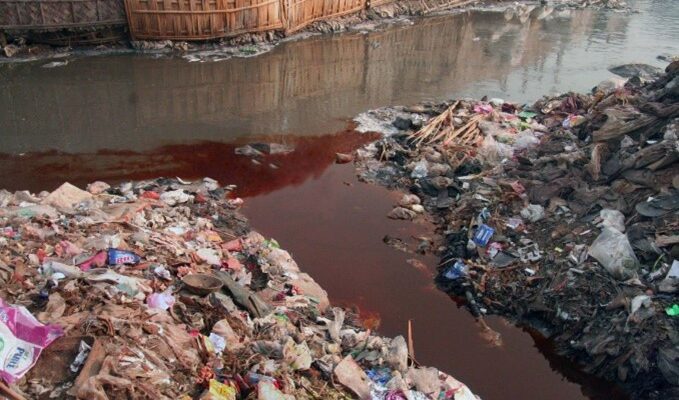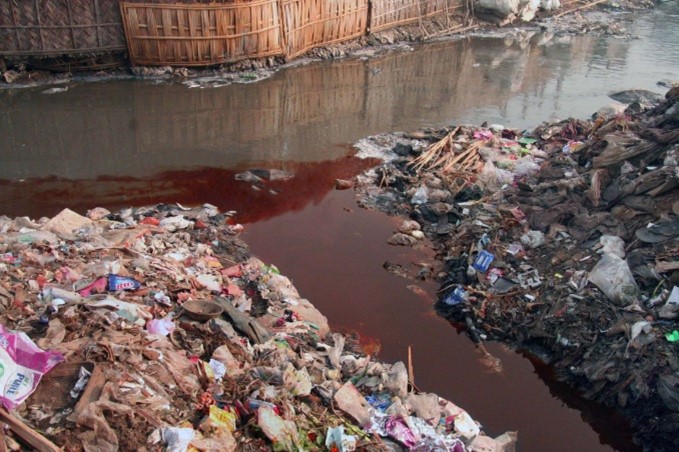

Fashion and Sustainability: A Journey in Low-Impact Materials
In recent years, the fashion industry has witnessed a significant transformation, with an ever-increasing focus on sustainability and environmental responsibility. Sustainable materials have become a fundamental pillar of this revolution, By helping to reduce the environmental impact of textile production and promoting more ethical and conscious practices.
This article will explore sustainable materials, the environmental impact of textiles, the comparison between different The criteria for selecting sustainable materials and how to develop a sustainable system.

Traditional textile production is associated with various environmental problems, including: Consumption of resources, The cultivation of fibers such as cotton requires huge amounts of water and pesticides, CO2 emissions: The production of synthetic fabrics such as polyester is energizing and releases large amounts of CO2, Water pollution: Dyeing and finishing processes of fabrics release toxic chemicals into the waste water. These are just a few examples.
But there are various sustainable materials that try to reduce these impacts. Here’s a comparison of some of the most common:
- Organic cotton: Grown without pesticides and chemical fertilizers, it reduces the impact on the environment and the health of workers. However, it still requires a lot of water.
- Flax: A natural fiber that requires less water and pesticides than cotton. It is biodegradable and very resistant.
- Bamboo: Grows quickly without the need for pesticides. However, the process of transformation into tissue may be chemically intensive unless the mechanical method is used.
- Recycled Polyester: Produced from recycled plastic bottles, it reduces waste in landfills and the use of virgin resources, but is still synthetic and non-biodegradable.
- Lyocell (Tencel): Made from eucalyptus wood pulp grown in sustainable forests. The production process is closed-loop, minimizing emissions and water consumption.
Despite progress, the widespread adoption of eco-sustainable materials in fashion still presents challenges. The higher cost and limited availability of some materials can be a barrier. However, growing consumer awareness and technological innovation are pushing the industry towards a greener and more sustainable future.
But with a continued commitment to research and development, industry can become more responsible and environmentally friendly, Offering consumers choices that are not only beautiful, but also sustainable for our planet.
As green initiatives and environmental regulations increase, more brands are adopting sustainable practices. Innovations such as biodegradable fabrics, natural dyes and low-impact manufacturing technologies are revolutionizing the industry, making it greener and more responsible.
Sustainable fashion is not only a necessary response to environmental and ethical challenges, but also an opportunity to redefine the very concept of style. We can contribute to a future where fashion is not only an expression of creativity, but also of responsibility towards our planet and future generations.
- Investing in innovative technologies and materials that reduce the environmental impact is crucial. This includes the development of new sustainable fabrics and improvements to production processes.
- Educating designers, producers and consumers on the importance of sustainability is crucial. Knowing the impact of materials and making informed choices can drive change towards a more responsible fashion.
- Adopting recognized certifications as GOTS (Global Organic Textile Standard) and OEKO-TEX ensures that the materials used are sustainable and safe.
- When choosing sustainable materials, it is important to consider the origin of the raw materials: Prefer materials from renewable sources and certified production process,
- Evaluate water, energy and chemical use, durability and biodegradability,
- Opt for materials that last over time and, once disposed of, degrade without releasing harmful substances,
- The social impact, but also ensuring that workers are treated fairly and work safely.
- Integrating circular economy principles, such as recycling and reusing materials, helps keep fabrics in use longer and reduces waste.
- Staying informed and making informed choices will help transform the fashion industry towards a more sustainable future.
- Reduction of the Environmental Impact: It minimizes pollution, consumption of natural resources and greenhouse gas emissions.
- Promotion of the Circular Economy: Encourages the reuse and recycling of materials, reducing waste.
- Improving Working Conditions: Supports more ethical and safe agricultural and productive practices for workers.
- Consumer Awareness: Educating consumers about sustainability helps them make more informed and responsible choices.
- Research on the origin, source of materials and production processes to ensure they are eco-friendly and socially responsible.
- Consider the Product Life Cycle, Evaluate the entire product life cycle from production to end of life to minimize the overall environmental impact.
- Support Sustainable Labels, Choose brands that have a proven commitment to sustainability and transparency in their supply chain.
These are just some of the habits that should enter our education on the subject.
Sustainable materials are an essential component of the transformation of fashion towards a more conscious and responsible future. Choosing clothes made from sustainable materials is not only an aesthetic decision, but also an act of responsibility towards our planet and future generations. As we continue to explore and develop new solutions, we can hope for a fashion industry that is not only beautiful but also fair and sustainable.

Finançat per la Unió Europea. Les opinions i els punts de vista expressats només comprometen el seu autor(s) i no reflecteixen necessàriament els de la Unió Europea o els de l'Agència Executiva Europea d'Educació i Cultura (EACEA). Ni la Unió Europea ni l'EACEA en poden ser considerats responsables.
